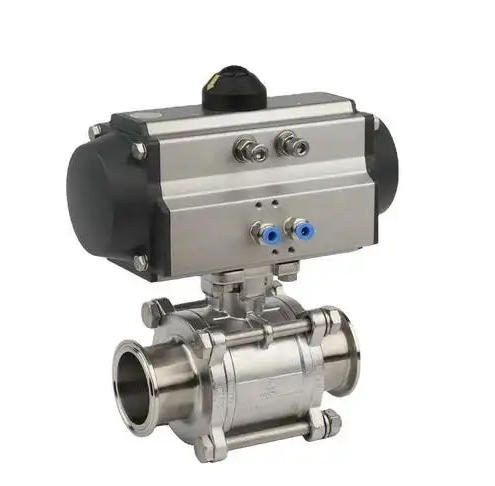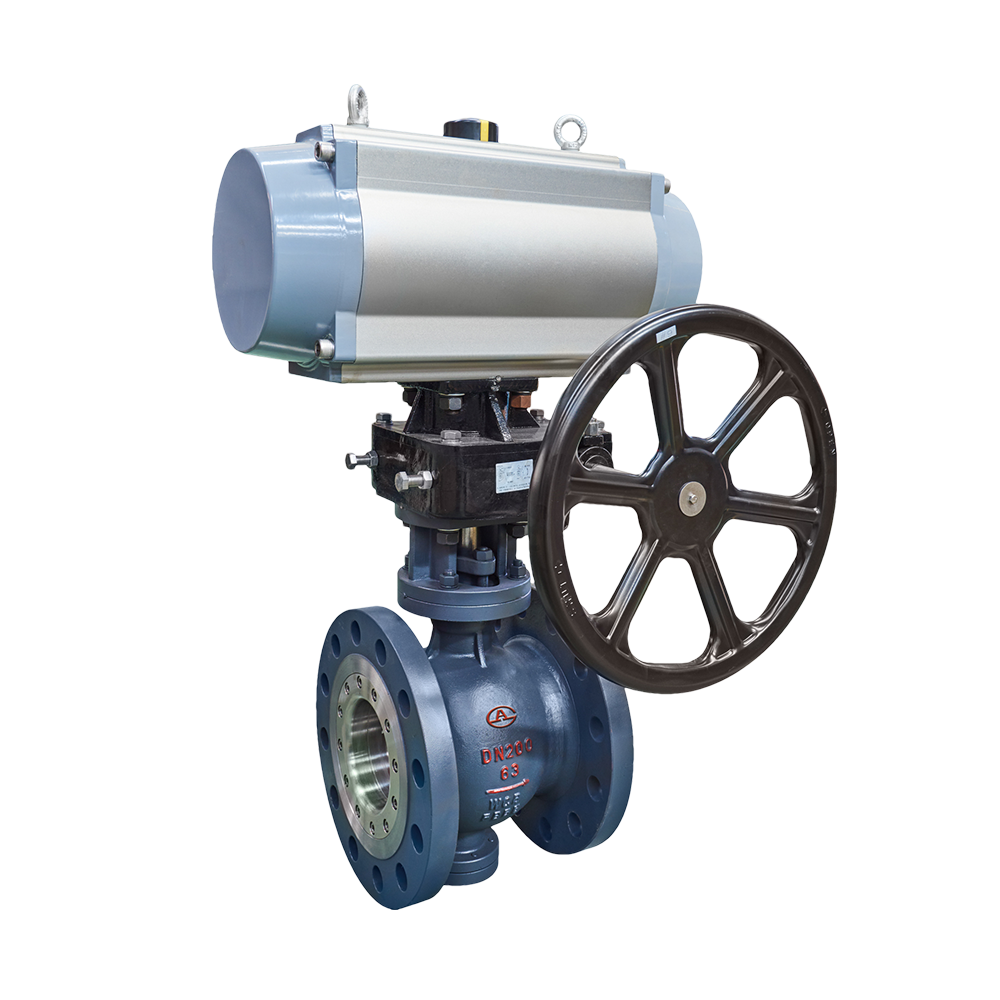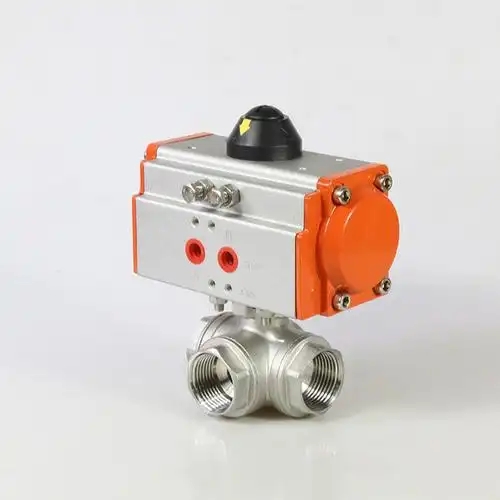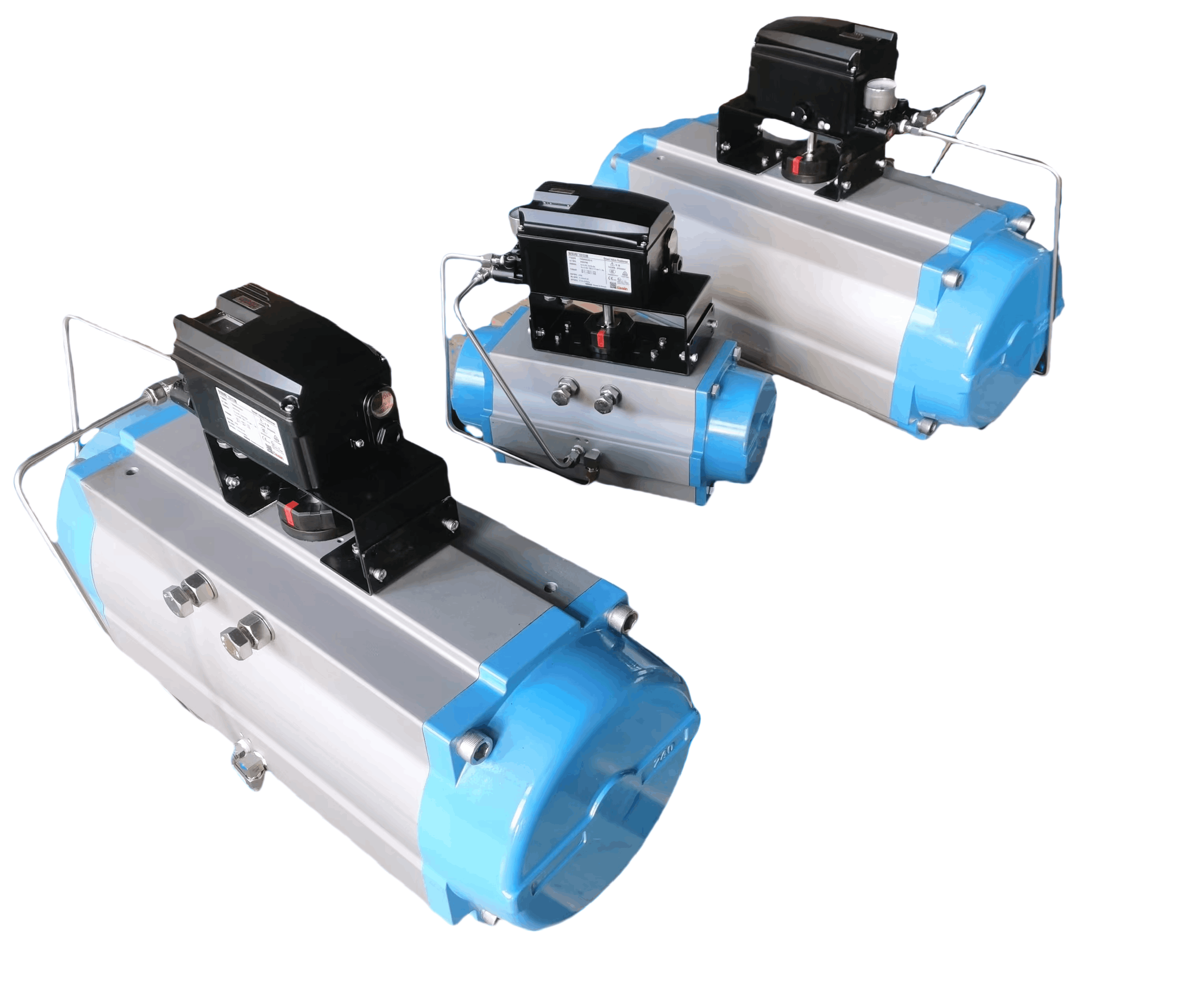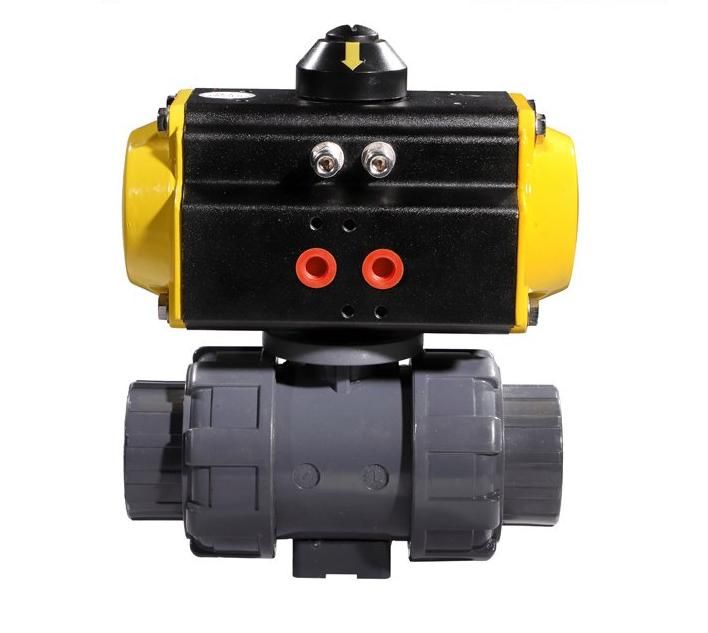Pneumatic Control Methods
1. On-Off Control
This basic method uses solenoid valves to direct compressed air into either side of the actuator, causing extension or retraction. It operates in binary states with no intermediate positioning.
- Simple to implement but offers limited precision
- Suitable for applications like valve opening/closing where only end positions matter
- Requires minimal components
- Works well for high-speed, repetitive tasks
2. Proportional Control
Utilizes proportional valves that modulate air flow based on electrical input signals. This allows incremental positioning across the actuator's full stroke, enabling precise control of intermediate positions.
- Integrates feedback sensors for closed-loop adjustment
- Compensates for air compressibility and load variations
- Ideal for applications needing variable positioning
3. Servo-Pneumatic Control
Combines proportional valves with advanced feedback systems and a controller. The controller continuously compares actual position/pressure with setpoints, adjusting air flow dynamically to minimize errors.
- Offers higher precision than basic proportional control
- Reduces hysteresis and improves repeatability
- Capable of ±0.1mm accuracy
4. Pressure Regulation Control
Adjusts air pressure on either side of the actuator to control force output, indirectly regulating position for load-sensitive tasks.
- Uses pressure regulators and sensors to maintain desired force levels
- Prevents overloading of delicate components
- Often paired with position sensors for dual control of force and position
If you want to learn more about low-priced products, please visit the following website: www.xm-valveactuator.com







